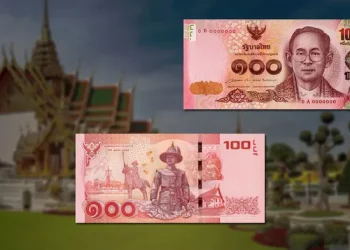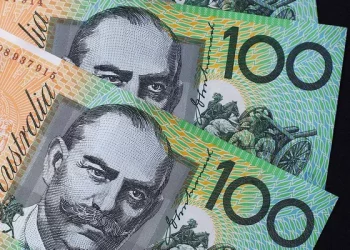The Indian Rupee (INR) lost ground on Wednesday, pressured by a continued rise in global crude oil prices. As the world’s third-largest oil consumer, India remains particularly vulnerable to increases in energy costs, which tend to weigh heavily on the domestic currency.
However, a softer US Dollar (USD), following weaker-than-expected economic data, offered some cushion to the INR. Analysts at BofA Securities expressed optimism about India’s investment outlook, suggesting that once global tariff-related uncertainties subside, India could become one of Asia’s top three destinations for foreign capital inflows—a development that could lend support to the rupee in the medium term.
Market participants are closely watching upcoming events, including the US ISM Services PMI due later Wednesday and the Reserve Bank of India’s (RBI) monetary policy decision on Friday. The central bank is widely expected to implement its third consecutive 25 basis point rate cut, a move aimed at bolstering economic momentum. Meanwhile, attention will also shift to the US nonfarm payrolls report for May, a key indicator of labor market health.
India’s long-term growth outlook remains robust. According to the Organisation for Economic Cooperation and Development (OECD), the Indian economy is projected to grow by 6.3% in fiscal year 2025–26 and by 6.4% in 2026–27.
“India should stand out in Asia as a leading investment destination, backed by unique growth drivers not found in other markets,” said David Hauner, Head of Global Emerging Markets Fixed Income Strategy at BofA Securities.
In the US, data released by the Bureau of Labor Statistics (BLS) showed that job openings rose to 7.39 million in April, surpassing expectations of 7.1 million and up from 7.2 million the previous month. Despite relatively strong labor market data, concerns over the economic impact of trade policies continue to simmer.
Federal Reserve Governor Lisa D. Cook warned that protectionist trade measures remain a significant threat to economic stability. Echoing this sentiment, Chicago Fed President Austan Goolsbee remarked that the central bank would need to monitor whether new tariffs pose a major or minor risk to the broader economy.
In currency markets, the USD/INR pair hovered near its 100-day Exponential Moving Average (EMA) on the daily chart. A sustained break above this technical level could pave the way for further upside. The 14-day Relative Strength Index (RSI) sits above the midpoint near 55.0, indicating a modest bullish bias.
Key resistance levels are identified at 86.10 (May 22 high), followed by 86.71 (April 9 high) and 87.30 (March 12 high). On the downside, initial support lies at 85.30 (June 3 low), with further bearish targets at 85.04 (May 27 low) and 84.61 (May 12 low).
Related Topics:



























